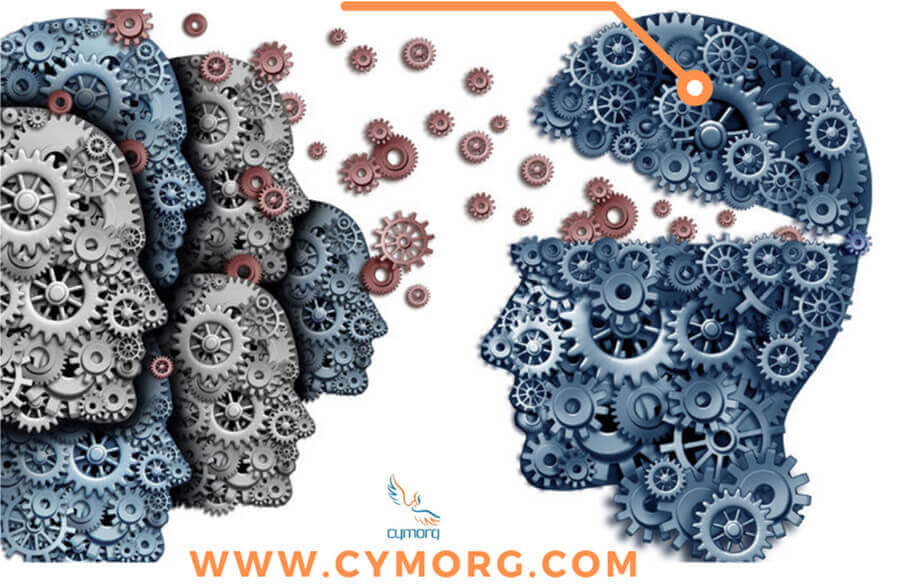-

We Need To Talk About Culture
February 13, 2020By Sriram PadmanabhanCulture is one of those hot topics that everyone talks about in hushed tones, but not many really understand. It’s a bit like Artificial Intelligence in that regard, except that some of the people down in the IT department actually seem to get AI. And this year, just like with AI, the drumbeats got just a bit louder about Culture as well. Check out this hot take by DDI, who listed “culture” as one of the Ten Hottest Topics in Leadership this year:
Culture is at the heart of a company, providing direction for how leaders and employees interact and work together. … Work culture has been hailed by influencers as the driving force for companies to become more innovative, technology-driven, employee-focused, and inclusive. The common thread through all their mentions is the need for companies to have more open and inviting cultures that encourage employees to reach their full potential.
The Harvard Business Review, too, has been taking note. They cite research that tells us that one in five employees in the US report experiencing a cultural crisis (a significant incident indicative of troubling workplace attitudes and behaviors) in the last two years. Worse, a whopping 30% expect to experience such a crisis (harassment, discrimination, financial mismanagement, negligence, inattention to employee or customer safety, etc.) over the next two years. Most damning: fewer than three employees in ten strongly agree that their managers’ actions are aligned to their company’s stated values.
Small wonder, then, that the world’s leading HR influencers have been sitting up and discussing organizational culture. There is far greater awareness (or even wariness!) today than ever before, about organizational culture as a risk, a slippery banana peel on the organization’s march towards its goals. Every leadership team would love to control their own destiny and create a culture that is tightly aligned with their strategies and values. But before they can influence organizational culture, do they know how to measure it objectively from the ground up, or even how to define it in a measurable way?
At Cymorg, we define (employee/leader) behavior in terms of responses to work situations, and culture in terms of common beliefs, values and mental models that a group of employees share, and that drives their on-the-job behavior. Cymorg – in case you’ve just arrived at our party – is an online platform for bespoke, realistic, gamified business simulations for the purpose of assessing and developing leaders.
For us, culture is intimately coupled with, and manifested in employee behavior. We measure not just the actual decisions made in response to situations, but the words participants use, the priorities, preferences and motivations they demonstrate, the time they take, the data they analyze and the advice they seek, while responding to the situation. It is this rich, complex data that can be mined for the patterns that provide a description of organizational culture. The data is richer in content than dry surveys or academic questionnaires, and we believe it is more likely to be more honest and natural, compared to a dutiful parroting of what employees believe the management wants to hear.
And because Talent Management departments, mentors and managers are best placed to frame appropriate situations for different participant groups to respond to, we empower them with the tools to author simulations, and measure and understand the culture within those groups at any time, along any dimension important to the employees and the organization.
Are there other unobtrusive ways to measure culture? Perhaps. You could just observe employees at work for a week. Or you could discreetly analyze all email traffic, for instance. But in one case you may not get a complete or objective picture, and in both, you may just make people uncomfortable with the surveillance – and of course we know that being observed itself could change people’s behavior and have them “faking good” till they get promoted!
Instead, we give employees free rein to ‘play’ and experience a simulated, but realistic replica of their organization. They get useful feedback, reports and unlimited chances to ‘try again’ till they find their way to success - and then, perhaps, bragging rights. In the process, they get nudged in the direction of desirable behavior, and you get a better handle on that elusive entity: organizational culture.
So that the next time you speak about the culture in the organization, you know much more about what you are talking about.
(Co-authored with Dr. Aarti Shyamsunder)
 Written By
Written BySriram Padmanabhan
President and Founder of Cymorg, a digital Leadership Development solution that combines gamification, data science & business simulations.
Know More












